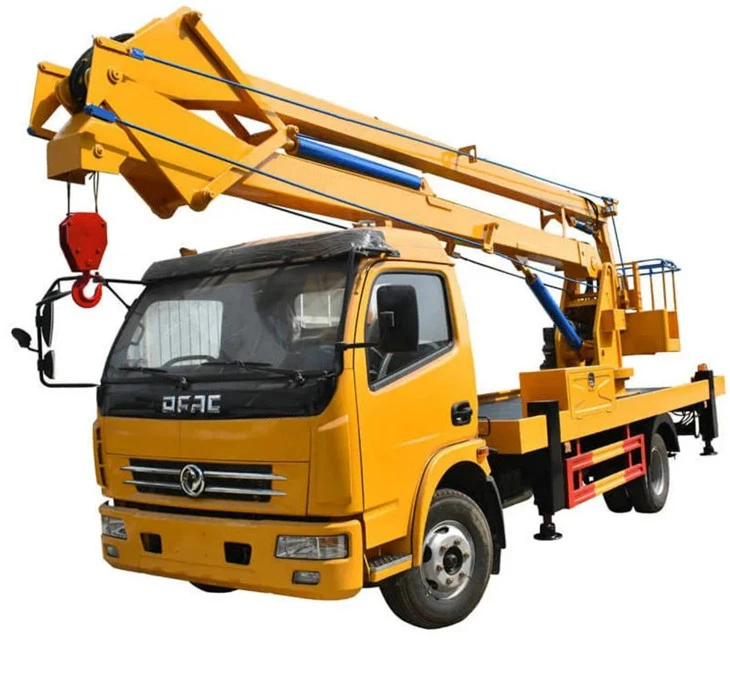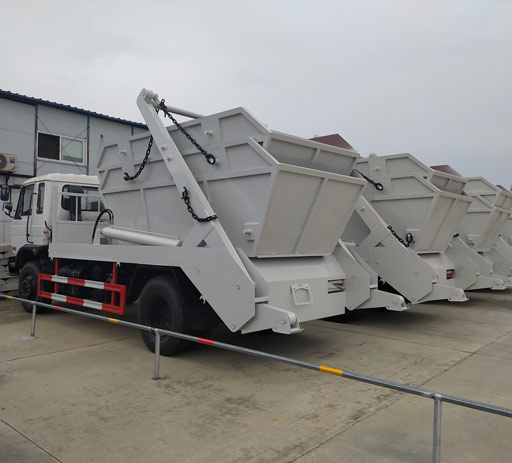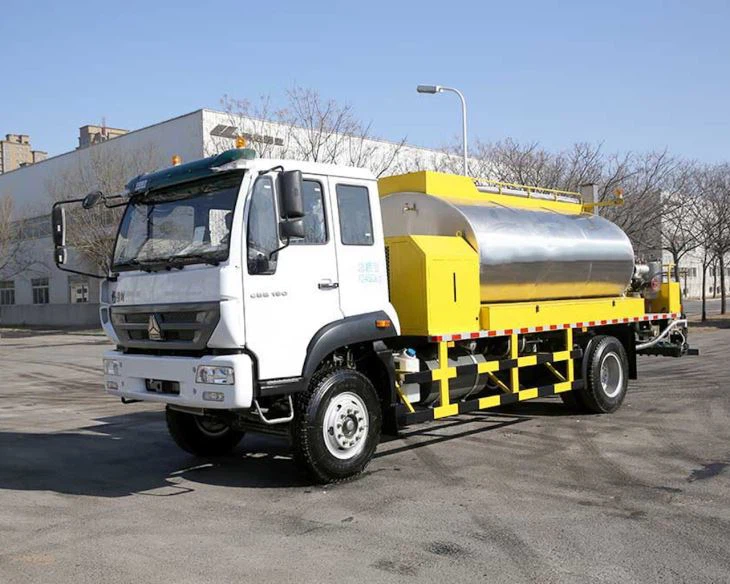An Oil Tanker for You: Everything You Need to Know

Oil tankers are massive vessels designed to transport liquid petroleum and its derivatives across oceans and seas. Understanding how they operate, their types, and their impact on global trade is crucial for anyone interested in maritime activities, international trade, or environmental concerns. This article covers all aspects of oil tankers, providing you with a wealth of information necessary to grasp their significance in today’s economy.
Understanding Oil Tankers
What Is an Oil Tanker?
An oil tanker is a specialized ship designed for the bulk transport of oil. They vary in size, design, and function, but their primary purpose remains the same: to safely and efficiently move oil from extraction points, such as offshore platforms and oil refineries, to consumption areas, including ports and refineries.

The Importance of Oil Tankers in the Global Economy
Oil tankers play a critical role in the global economy. They facilitate international trade, supply energy needs, and contribute to various industries that rely on petroleum products. With roughly 90% of the world’s oil traded internationally being transported by ship, these vessels are vital for maintaining the flow of goods and energy.
Types of Oil Tankers
Chemical Tankers
Chemical tankers are designed to transport bulk liquid chemicals and refined products. They differ from traditional oil tankers by their ability to carry various substances safely. They feature specialized pumps and storage facilities to handle hazardous materials.
Crude Oil Tankers
Crude oil tankers transport unrefined oil from production sites to refineries. These vessels can be further divided into two categories based on size:
- Very Large Crude Carrier (VLCC): Capable of carrying 200,000 to 320,000 deadweight tons (DWT).
- Ultra Large Crude Carrier (ULCC): Designed for an even larger capacity, typically over 320,000 DWT.
Product Tankers
Product tankers specialize in transporting refined petroleum products, including gasoline, diesel, and jet fuel. These vessels are smaller than crude oil tankers but are essential for distributing oil products to various markets.
Specialized Tankers
Some tankers are built for specific purposes, such as transporting liquefied natural gas (LNG) or liquefied petroleum gas (LPG). These specialized vessels have unique features, including insulated tanks to maintain low temperatures critical for LNG transport.
The Construction of Oil Tankers
Design Features

Oil tankers are characterized by unique design features that ensure safety and efficiency:
- Double Hulls: Most modern tankers have double hulls to prevent oil spills in case of an accident.
- Cargo Tanks: Various cargo tanks allow for compartmentalization, enabling the transport of different types of products simultaneously.
- Pumps and Pipelines: Advanced pumping systems and pipelines facilitate efficient loading and unloading of oil.
Construction Materials
Steel is the most common material used in constructing oil tankers due to its strength and durability. However, newer designs may incorporate reinforced composite materials to improve fuel efficiency and reduce weight.
How Oil Tankers Operate
Loading and Unloading Processes
The loading and unloading of oil tankers involve complex operations that require coordination between ship crews, port authorities, and terminal operators. Here’s a basic overview of the typical processes:
| Phase | Description |
|---|---|
| 1. Pre-Loading Inspection | Assess the ship’s readiness, check for any leaks, and ensure safety equipment is in place. |
| 2. Loading Procedures | Connect the ship to the terminal through hoses or pipelines and begin pumping the oil into the cargo tanks. |
| 3. Monitoring | Constantly monitor tank levels and control the flow to prevent overflow. |
| 4. Post-Loading Inspection | Ensure proper closure of valves, check for leaks, and finalize documentation. |
| 5. Unloading Procedures | Follow a reverse process to transfer oil to storage facilities or refineries. |
Safety Measures and Regulations
The shipping industry adheres to strict safety regulations, including the International Convention for the Prevention of Pollution from Ships (MARPOL) and the International Maritime Organization (IMO) guidelines. These measures include regular inspections, training for crew members, and adherence to environmental protocols.
The Environmental Impact of Oil Tankers
Oil Spills
Despite modern technology and safety measures, oil spills can still occur, leading to significant environmental damage. Some of the notorious spills in history include the Exxon Valdez and the Deepwater Horizon incidents, which had devastating impacts on marine life and coastal ecosystems.
Air Emissions and Pollution
Oil tankers contribute to air pollution through emissions from their engines. Regulations are in place to limit these emissions, but the industry continues to seek cleaner technologies and fuels to minimize its environmental footprint.
The Future of Oil Tankers
Technological Advancements

The future of oil tankers is likely to be shaped by advancements in technology. Innovations such as autonomous vessels, better navigational systems, and automated loading and unloading processes are on the horizon. These technologies promise to enhance safety and efficiency while reducing environmental impact.
Shifts in Energy Supply and Demand
With the global push toward renewable energy, the demand for fossil fuels may decline. Oil tankers may adapt to this transition by diversifying into transporting alternative fuels such as biofuels or hydrogen.
Choosing an Oil Tanker Service
What to Look For
When selecting an oil tanker service, consider the following factors:
- Reputation: Research the company’s history, safety record, and customer reviews.
- Cost: Request quotes from multiple service providers and compare pricing and services.
- Fleet Size and Type: Ensure the company has the right type and size of vessels to meet your needs.
Practical Tips for Transportation
Here are some practical tips for ensuring smooth oil transportation:
- Schedule early to allow for unexpected delays in shipping or loading.
- Choose a port with efficient logistics to minimize turnaround time.
- Communicate clearly with service providers to ensure mutual understanding of expectations and requirements.
Frequently Asked Questions (FAQ)
1. What is the difference between a crude oil tanker and a product tanker?
Crude oil tankers transport unrefined oil, while product tankers carry refined petroleum products. The designs and operational procedures for each type of tanker are tailored to suit their cargo.
2. How are oil spills managed?
Oil spills are managed through containment, recovery, and cleanup operations. Specialized teams and equipment are deployed to minimize the environmental impact and restore affected areas.
3. What regulations govern oil tanker operations?
Oil tanker operations are subject to various regulations, including MARPOL, the Oil Pollution Act, and national maritime laws. These regulations focus on preventing pollution and ensuring safe operations.
4. Can oil tankers be environmentally friendly?
Yes, advancements in technology and regulations are driving the development of more efficient vessels that produce fewer emissions. The industry is also exploring alternative energy sources to reduce its carbon footprint.
5. How are oil tankers inspected for safety?
Oil tankers undergo regular inspections by classification societies and government authorities. These inspections evaluate the vessel’s condition, safety equipment, and compliance with environmental regulations.
6. What has been the recent trend in oil demand?
While global oil demand has fluctuated due to economic conditions and the rise of renewable energy, it remains significant. Industry forecasts suggest continued demand in the near term, even as the shift to renewables progresses.
